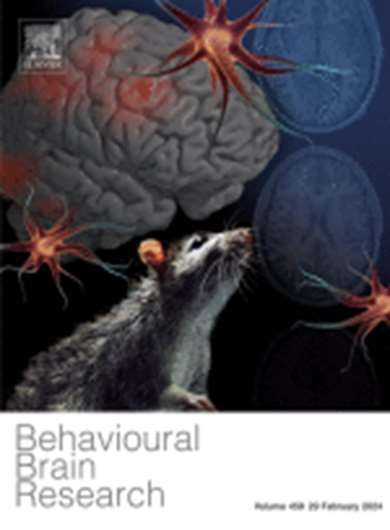Orexin receptors in the hippocampal dentate gyrus modulated the restraint stress induced analgesia in the animal model of chroni



.png)


Previous studies have shown that stressful stimuli induced an adaptive response of reduced nociception, known as stress-induced analgesia (SIA). Since orexin neuropeptides are involved in pain modulation, and orexin neurons, primarily located in the lateral hypothalamus (LH), project to various hippocampal regions, such as the dentate gyrus (DG), the current study aimed to examine the role of orexin receptors within the DG region in the restraint SIA in the animal model of chronic pain. One hundred-thirty adult male Wistar rats (230–250 g) were unilaterally implanted with a cannula above the DG region. Animals were given SB334867 or TCS OX2 29 (1, 3, 10, and 30 nmol, 0.5 µl/rat) into the DG region as orexin-1 receptor (OX1r) and orexin-2 receptor (OX2r) antagonists, respectively, five min before exposure to a 3-hour restraint stress (RS) period. Animals were then undergone the formalin test to assess pain-related behaviors as the animal model of chronic pain. The results showed that RS produces an analgesic response during the early and late phases of the formalin test. However, intra-DG microinjection of OX1r and OX2r antagonists attenuated the restraint SIA. OX2r antagonist was more potent than OX1r antagonist in the early phase of the formalin test, while OX1r antagonist was little more effective in the late phase. Predominantly, it could be concluded that the orexinergic system in the DG region might act as a potential endogenous pain control system and a novel target for treating stress-related disorders.






